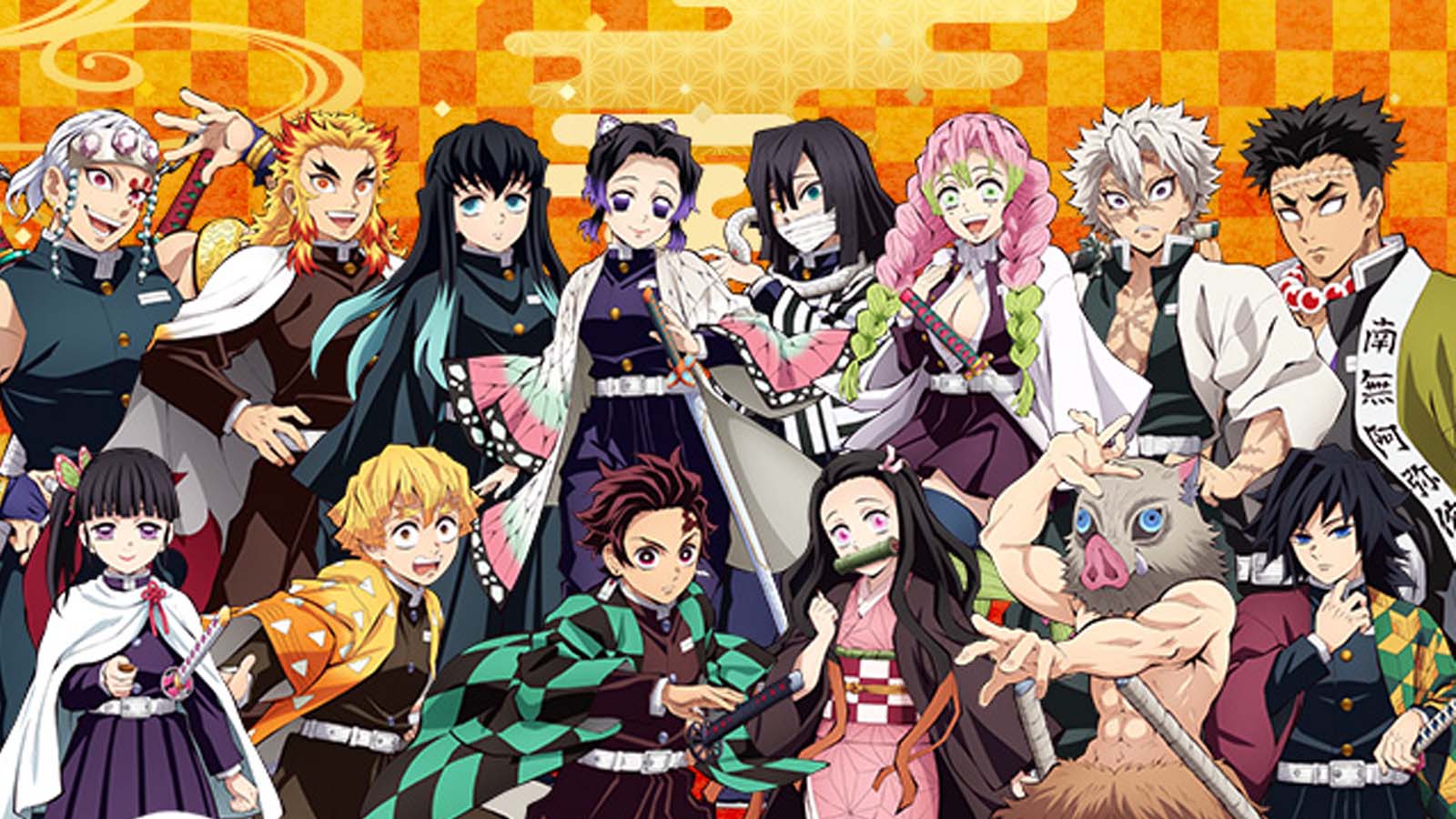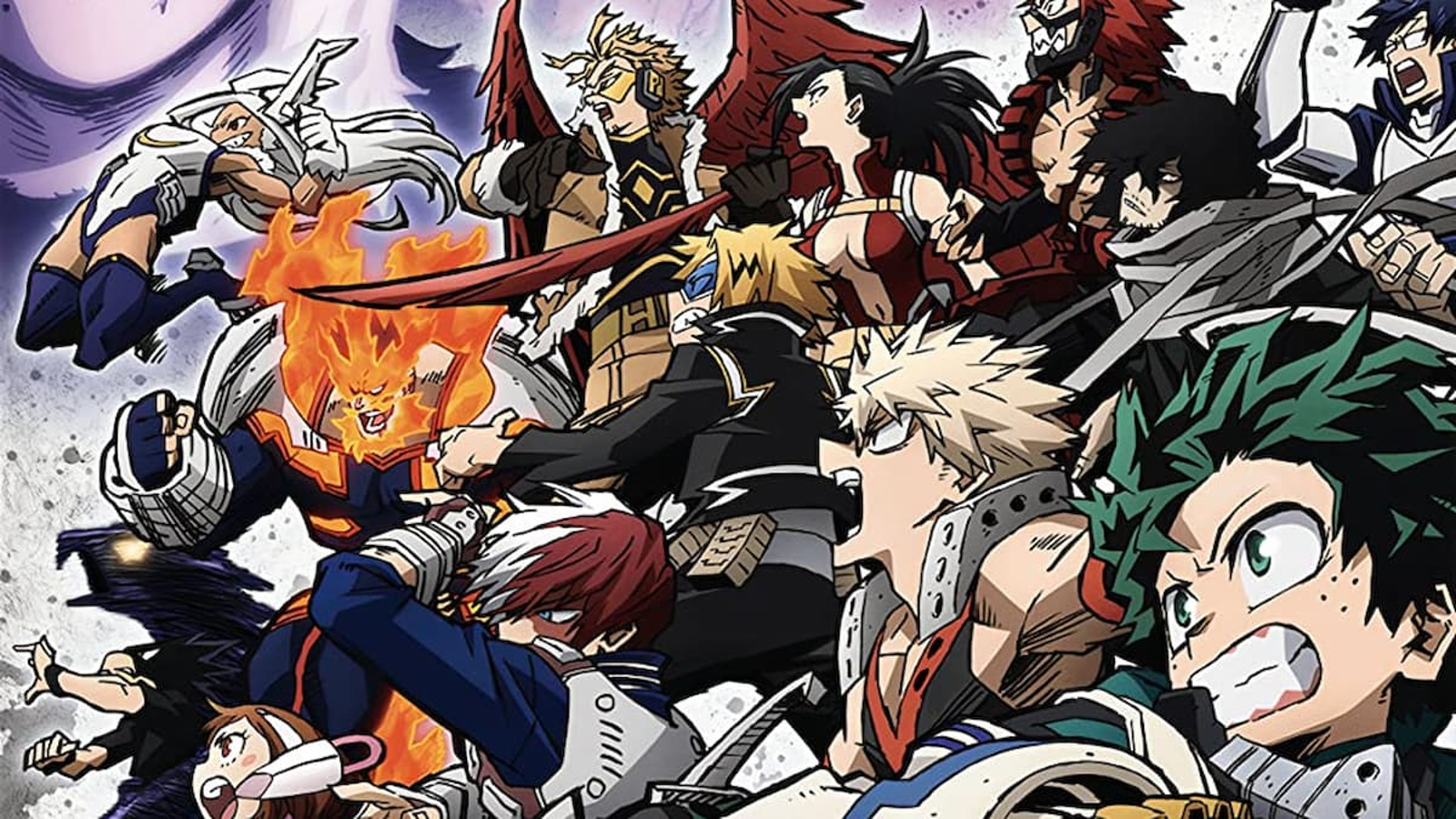Demon Slayer’s cinematic adventure, “Mugen Train,” left fans in awe and sorrow with a storyline that was both compelling and heart-wrenching. The film not only delivered action-packed sequences and stunning visuals but also presented a narrative twist that had lasting implications for the series and its characters. One of the most pivotal moments in the movie was the unexpected demise of Kyojuro Rengoku, the Flame Hashira, a character whose strength and charisma had won the hearts of many. But why was this tragic end necessary, and what does it mean for the future of Demon Slayer? Let’s dive deep into the realms of “Mugen Train” to uncover the layers of this significant event.
The Pillar of Strength: Kyojuro Rengoku
As a Flame Hashira, Kyojuro Rengoku stood at the pinnacle of the Demon Slayer Corps, embodying an unyielding spirit and masterful swordsmanship. His dedication to protecting others was unparalleled, making him the perfect leader for Tanjiro, Zenitsu, Inosuke, and Nezuko in their perilous mission aboard the Mugen train. Rengoku’s unwavering determination was evident as he safeguarded 200 passengers from demonic threats, showcasing his exceptional abilities. However, his confrontation with Akaza, the Upper Rank Three demon, led to a bittersweet victory that cost him his life.

The Catalyst for Change: Rengoku’s Sacrifice
Rengoku’s demise was not just a plot device; it was a catalyst for transformation and growth. For Tanjiro, witnessing the strength and resolve of Rengoku was a profound experience. The Flame Hashira saw potential in Tanjiro and believed in his ability to carry on the fight against demons, even bestowing acceptance upon Nezuko. Rengoku’s sacrifice becomes a source of motivation and a goal for Tanjiro to aspire to, solidifying his resolve to continue the battle against demonic forces.

A Legacy of Strength and Compassion
Rengoku’s teachings and values stem from his childhood, influenced by his mother’s wisdom. She instilled in him a sense of duty to use his strength for the protection of others, a creed he upheld until his last breath. His resistance to the temptation of becoming a demon, even in the face of death, speaks volumes about his character and willpower. Rengoku’s strength posed a significant threat to the demonic hierarchy, making his death a crucial turning point in the series, establishing the demons as formidable adversaries.
Embracing the Emotional Spectrum
“Mugen Train” masterfully balances moments of warmth and tragedy, allowing audiences to connect with the characters on a deeper level. Rengoku, initially perceived as a comedic character, reveals layers of depth and wisdom, enriching the narrative. His perspectives on life, death, and the fight against demons become invaluable lessons for the younger generation of demon slayers, extending their influence beyond the confines of the film.
Best fight in demon slayer !!!!! Lives in my mind rent freeee pic.twitter.com/ankqexBRYs
— 🌌 Rix❄️ ia (@igurogvr) October 14, 2023
Setting the Stage for Future Battles
Demon Slayer sets itself apart in the shonen genre through its treatment of death and its willingness to portray the harsh realities of battle. Rengoku’s death underscores the tangible threat that powerful heroes face, raising the stakes and adding gravity to the series’ narrative. This tragic event plays a crucial role in shaping the younger slayers, preparing them for future challenges and encounters with other Hashiras. The aftermath of Rengoku’s death echoes throughout the series, serving as a continual source of inspiration and a reminder of the high stakes involved in their perilous journey.
In essence, Kyojuro Rengoku’s death in “Demon Slayer: Mugen Train” was a pivotal moment that enriched the series’ narrative, character development, and thematic depth. His sacrifice was a testament to his strength, compassion, and dedication to the cause, leaving a lasting impact on Tanjiro and his companions as they continue their fight against demonic forces. Rengoku’s legacy lives on, inspiring a new generation of demon slayers to rise to the challenge and carry on the battle in the face of adversity.










